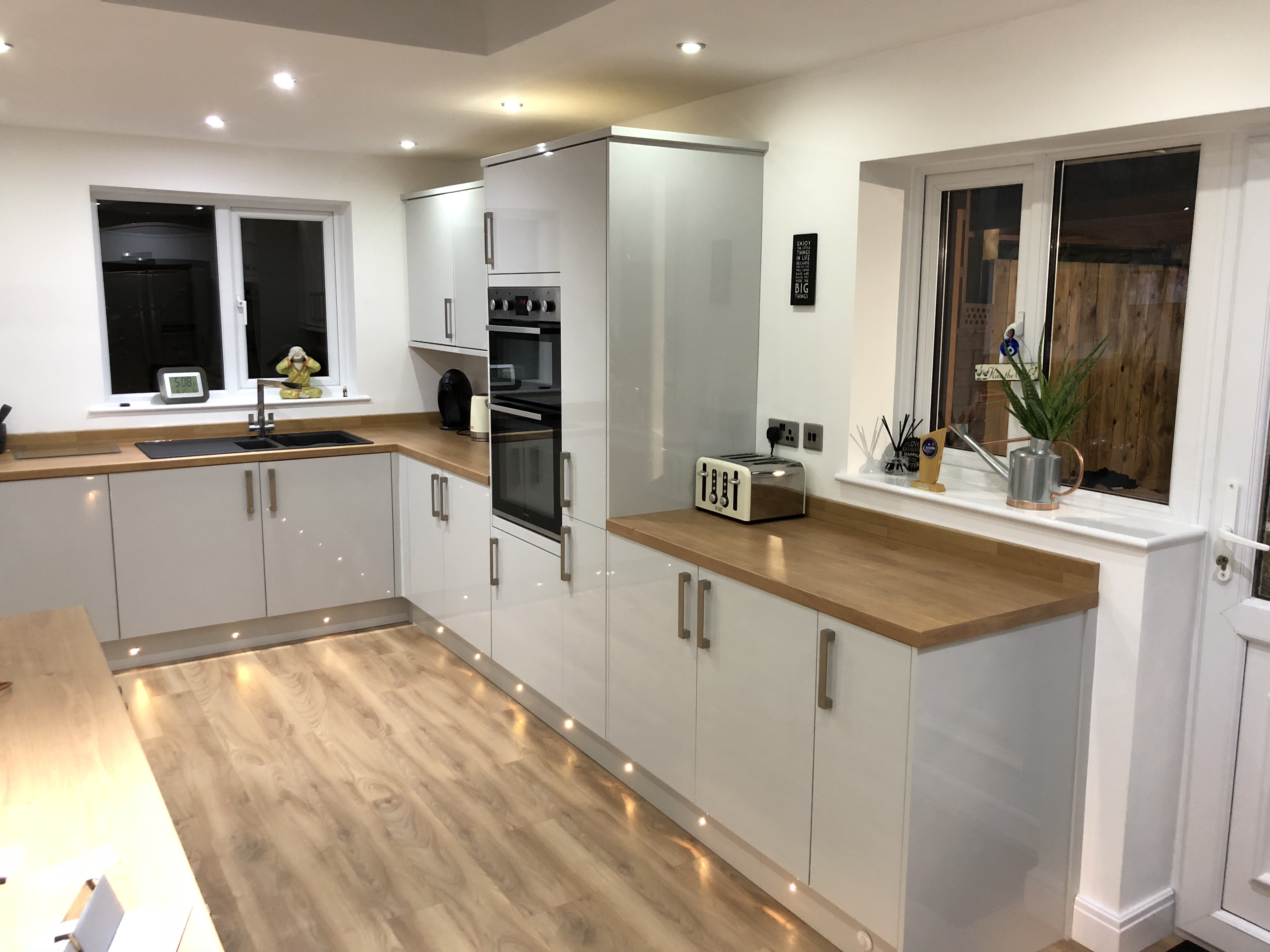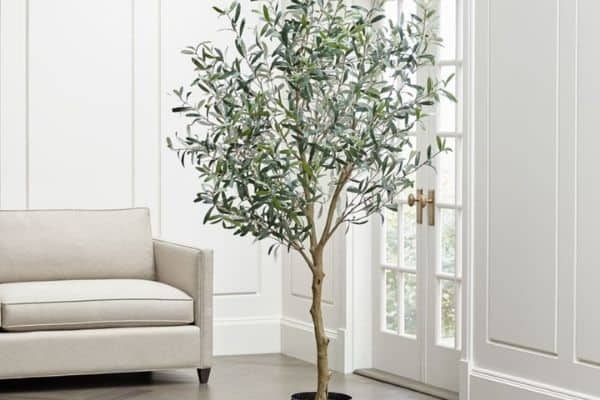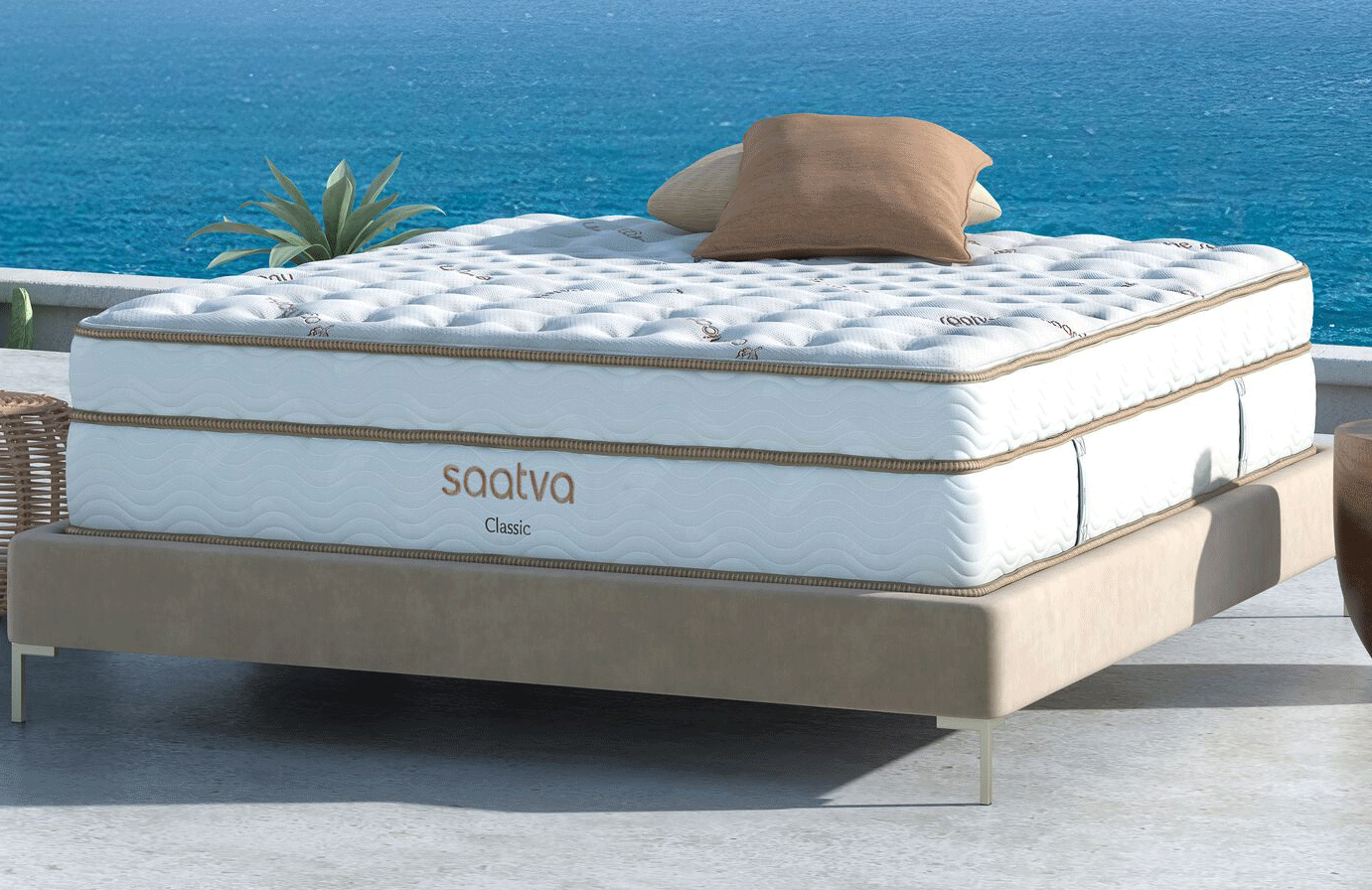Traditional Islamic House Design: Features and Considerations
Islamic house design traditionally integrates with nature and draws beauty from the surrounding environment. This design philosophy is based on the balance and harmony found in nature and is in keeping with Islamic values of sustainability, respect, and artistry. The most recognizable features of a traditional Islamic house revolve around courtyards, terrace gardens, and ornate appliqué, in addition to specific regional variations such as open-concept floor plans, courtyard-focused designs, and rooms with direct access to the outdoors. Islamic house design is also known for its use of natural materials, such as wood, stone, marble, ceramic tile, stucco, and even recycled paper, combined with ornamental details and decorations.
When designing an Islamic house, there are several elements to consider. First and foremost is the religious aspects of Islamic design, which can be reflected through its decorations, features, and even roof shapes and sizes. Common design features of an Islamic house include large open courtyards in the center surrounded by several rooms and terraces which lead out to gardens outside, where a balcony can overlook the terrace. Another important factor is the climate; specific materials and shapes help cool down the surrounding area, while some designs act as passive cooling systems. Also, special attention must be given to comfort, including the type of furniture used and to access, such as the presence of corridors to ensure utility.
House Design Basics in Arabic Countries
The multi-cultural aspect of Islamic communities is reflected in the design of traditional Arabic houses. Depending on the area, these homes can differ greatly in style and materials used. Common practice is the use of local materials and the reuse of any spare materials. Some misuse of materials—such as boards, rafters, and even stones and bricks—was also commonplace in the building process.
Regional architectural styles can also distinguish one Islamic community from another. For instance, the northerly Arab nations of Syria and Egypt are known for their traditional Arabic houses that feature symmetrical design and usually use stone, mud, brick, and terracotta tile roofing. And countries of the south, such as Yemen, Oman, and Saudi Arabia have slightly different designs, often featuring latticed screens and brightly colored tiles.
Evaluating Roof and Terrace Designs
Roof and terrace designs play a major role in an Islamic house. Traditional Islamic house roof designs vary depending on climate and location, predominantly utilizing pitched roofs and pointed domes. The more elaborate roof structures commonly incorporate terraces and balconies, such as those in Medina or Egypt.
The domes in Islamic architecture are also known for their intricate designs, often incorporating multifaceted designs, which were originally used to enhance air flow in hotter regions. Roof designs also make use of numerous colors, including soft yellows, beiges, and blues, helping to make the surrounding environment more inviting and calm.
Roof Gardens in Islamic Architecture
In hot climates, roof gardens are a must, and the Islamic culture excels in that as well. Roof gardens are set in the courtyards of homes and act as additional space for relaxation and outdoor activities. Roof gardens also assist with air circulation and can help maintain a comfortable temperature indoors. Also, the roofs of Islamic houses frequently feature high walls, as a means to keep the sun and heat out, while helping to maintain the comfort of the home.
What Is a Courtyard House Design?
By definition, a courtyard house is a design that revolves around a large central courtyard where its occupants can gather and socialize. This center courtyard is surrounded by several rooms with varying levels of privacy. In Islamic architecture, courtyards are commonly narrow and are often adorned by ponds, trees, and lush garden plants.
Courtyard houses can also feature terraces, balconies, and pergolas that provide additional outdoor space where plants can grow and relax. Also, outdoor furniture is a common feature in Islamic courtyards. Many courtyards feature large floor tiles, which can help to radiate heat during the day and keep things cooler at night.
Decorative Islamic Architecture: Geometric Design and Ornamentation
In traditional Islamic design, decorative elements are used to enhance the beauty of the building. Islamic decoration is highly sophisticated and intricate with bold geometric shapes, repeating patterns, and ornamental designs. Common motifs and decorative elements in Islamic architecture are the use of stucco, mosaics, and intricate mosaics.
Islamic geometric patterns are composed of simple yet sophisticated repeating shapes, including stars, octagons, circles, and triangles. Mosaics also form complex patterns, often consisting of animal and human forms, as well as decorative plants and flowers.
Islamic Architecture: Materials, Styles, and Regional Variations
Materials used in Islamic architecture vary from region to region and culture to culture. Common materials include stone, brick, wood, ceramic tile, marble, stucco, and even paper. Regional and cultural variations can add a special touch to traditional Islamic house designs. For instance, Turkish homes feature intricate and colorful mosaics on their walls and the incorporation of Islamic geometric patterns.
In Central Asia and the Near East regions, dome-shaped buildings with large courtyards are a common site. Additionally, houses in Moroccan cities are often adorned with intricate and colorful tilework. Traditional buildings in Islamic countries also draw inspiration from cultural styles and forms of regional and historical expression. Examples include the use of the scaled motifs in traditional Persian architecture, the moarish arches in Spanish Islamic architecture, and the mashrabiya, a wood lattice window, in traditional Middle Eastern homes.
Modern Islamic House Design
Modern Islamic house designs incorporate all the same traditional features and elements, with a few key modifications. For instance, materials such as stainless steel and aluminum are often used to create sleek and contemporary designs. And the introduction of sustainable technologies and energy-efficient design techniques, such as solar and photovoltaic systems, are commonly incorporated into Islamic house designs.
Modern Islamic house designs are also more focused on functionality. Rooms may be built with direct access to the outdoors, allowing more comfort and natural light to enter the house. Instead of grand decorative motifs, modern Islamic house designs tend to rely on simpler geometric shapes and finishes. And natural materials are often blended together, such as wood and metal, to create a unique and stand-out appearance.
Understanding Factors Affecting Islamic House Design
Several different factors affect the design of a house in Islamic countries. The most influential factor is religious belief; the incorporation of Islamic architectural elements such as decorative motifs, courtyards, and terraces is key. Additionally, climate must be taken into account; materials and designs should help reduce the temperature of the building, whether through ventilation or natural cooling.
Other factors also affect Islamic house design. Regional and cultural influences, as well as the availability of materials, are decisive criteria. And comfort is an essential factor; both interior design and outdoor elements must be appropriate and conducive for relaxation and enjoyment.
Types of Traditional Houses in Arabic Countries
The traditional architecture of Arab countries is varied and distinctive, with many different types of houses found across the region. Common types of houses include courtyard houses, mud-houses, tents, garden houses, and ranch-style houses. Courtyard houses, particularly found in Oman and Yemen, are composed of bedrooms and social spaces surrounding a central courtyard.
Mud houses, frequently found in Egypt and Sudan, are simple and constructed mainly from mud bricks, mud plaster, and river sand. Tents, popular in the Arabian Peninsula, are simple and cost-effective, while garden houses feature private gardens with mini-pools and fruit trees. Ranch-style houses also exist, more commonly found in Saudi Arabia, with large courtyards and enclosed balconies.
Style and Upkeep of Islamic Courtyard Houses
Islamic courtyard houses have their own unique style and upkeep. As Islamic culture is focused on nature and a sustainable lifestyle, upkeep and maintenance must be done with caution and the utmost care. Courtyards must be kept tidy and should include regular maintenance of the surrounding vegetation and trees.
Specific materials traditionally used in Islamic courtyard houses must also be monitored, including wood, stone, and marble, which all require regular polishing and care. Decorative elements must also be watched, including wall decorations, ceramic tile, and mosaic patterns, which can become damaged or tarnished over time. And furniture in the courtyard may require additional care and attention to ensure it lasts for years to come.
The Roof Terrace - The Ancient Element of Traditional Islamic House Design
 Historically, Islamic house design has been characterized by the presence of a roof terrace – often with an amalgamation of practical and decorative elements. Dating back to the Abbasid period, roof terraces were right at the heart of architectural design in this region.
Historically, Islamic house design has been characterized by the presence of a roof terrace – often with an amalgamation of practical and decorative elements. Dating back to the Abbasid period, roof terraces were right at the heart of architectural design in this region.
Functionality of the Roof Terrace
 The roof terrace in traditional Islamic house design served a few essential purposes. For starters, this rooftop space provided an un-obstructed views of the surrounding landscape; thus, becoming an ideal space for prayer. Additionally, the placement of the mihrab, which is a niche in the wall that housed a Quranic inscription, was typically located amidst the roof terrace.
The roof terrace in traditional Islamic house design served a few essential purposes. For starters, this rooftop space provided an un-obstructed views of the surrounding landscape; thus, becoming an ideal space for prayer. Additionally, the placement of the mihrab, which is a niche in the wall that housed a Quranic inscription, was typically located amidst the roof terrace.
Versatile Practicality and Aesthetic
 Another major aspect of the roof terrace in Islamic house design was its versatile practicality and aesthetic. Not only would the structure of the roof, with its gently sloped clay tiles, serve the purpose of protecting the residents from the harsh weather – this roof terrace could also provide sunlight and air circulation for the rest of the house. Aimed at making the most of the best features of the area, roof terraces were also a communal and familial space for sitting, relaxing, and general socializing.
Another major aspect of the roof terrace in Islamic house design was its versatile practicality and aesthetic. Not only would the structure of the roof, with its gently sloped clay tiles, serve the purpose of protecting the residents from the harsh weather – this roof terrace could also provide sunlight and air circulation for the rest of the house. Aimed at making the most of the best features of the area, roof terraces were also a communal and familial space for sitting, relaxing, and general socializing.
A Platform For Ornamentation
 Roof terraces in traditional Islamic house design were often a platform for ornamentation and aesthetic artwork. This was achieved by installing a variety of ornamental pieces such as colorful textiles, carpets, mesmerizing tiles, paintings, or clay ceramics. This technique was used to ensure that the shell of a structure was as ornamental as it was functional.
Roof terraces in traditional Islamic house design were often a platform for ornamentation and aesthetic artwork. This was achieved by installing a variety of ornamental pieces such as colorful textiles, carpets, mesmerizing tiles, paintings, or clay ceramics. This technique was used to ensure that the shell of a structure was as ornamental as it was functional.
A Traditional Yet Unique Feature
 The roof terrace was an essential core element of traditional Islamic house design, showcasing an artistry of its own. Complimenting the clay tile roof, the terrace featured intricate and colorful details that rendered the architectural structure unique and timeless. To this day, many countries in the Middle East, Spain, and North Africa showcase examples of traditional Islamic house design rooted in history and culture.
The roof terrace was an essential core element of traditional Islamic house design, showcasing an artistry of its own. Complimenting the clay tile roof, the terrace featured intricate and colorful details that rendered the architectural structure unique and timeless. To this day, many countries in the Middle East, Spain, and North Africa showcase examples of traditional Islamic house design rooted in history and culture.







































































































